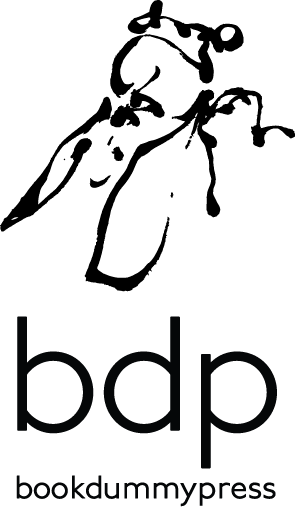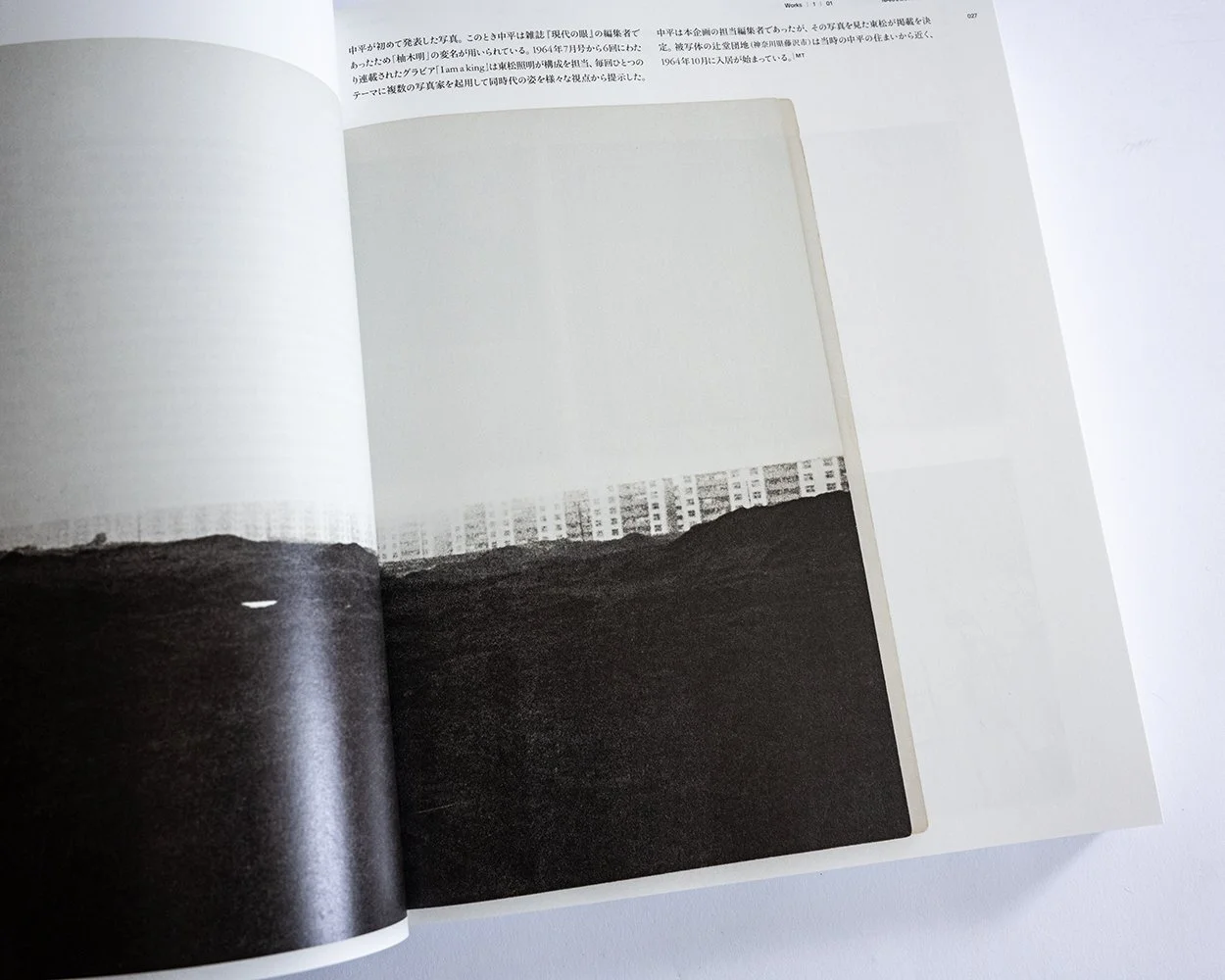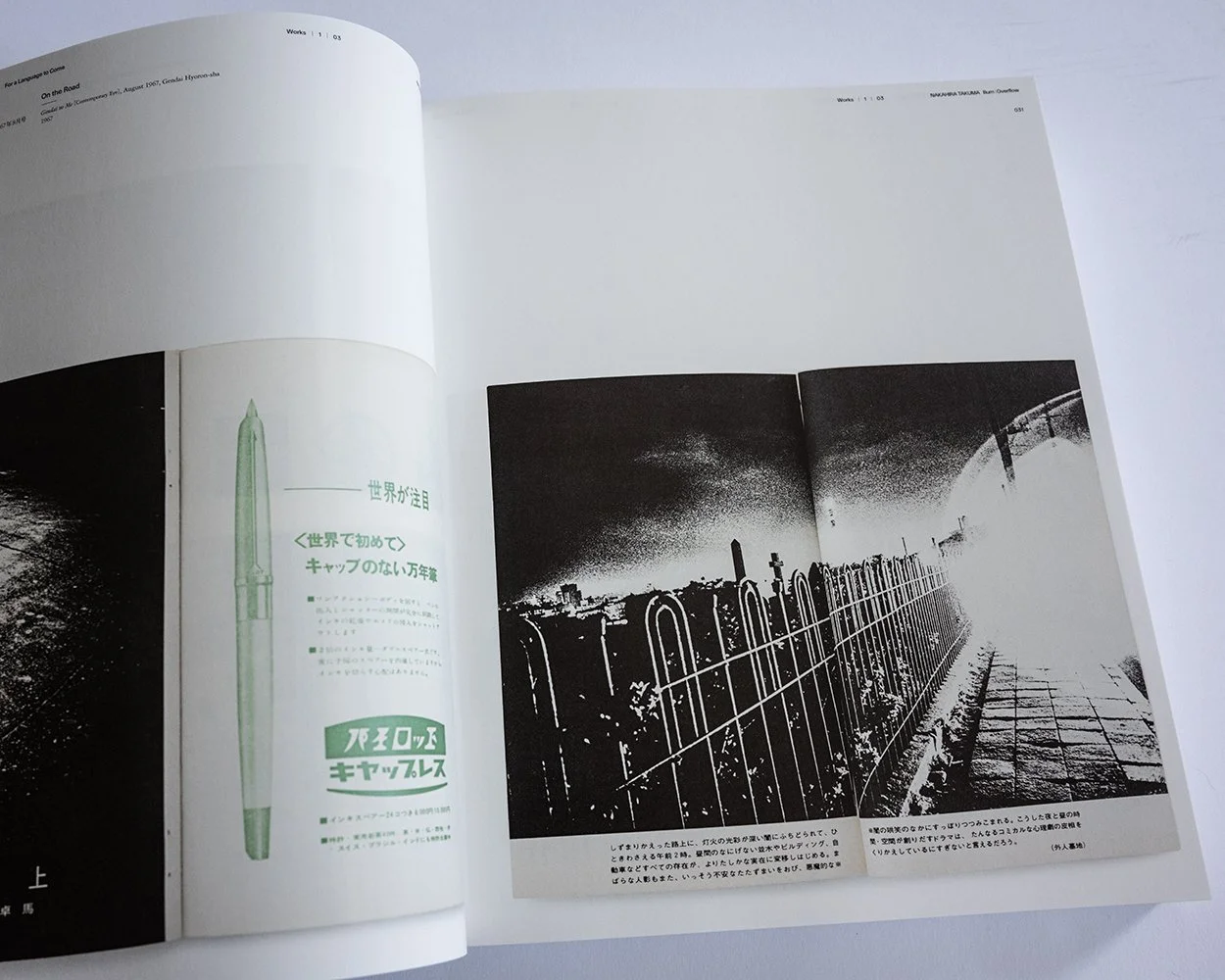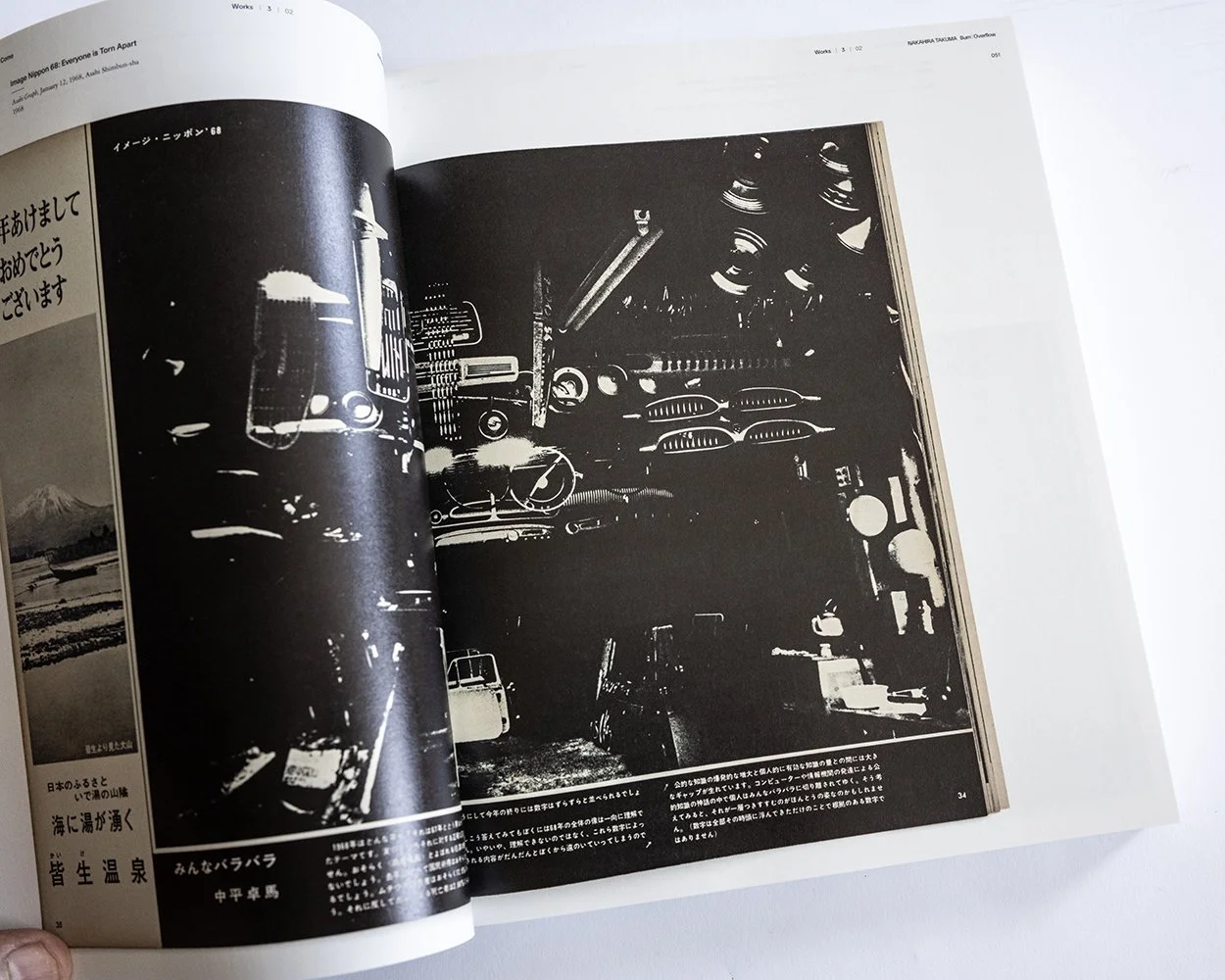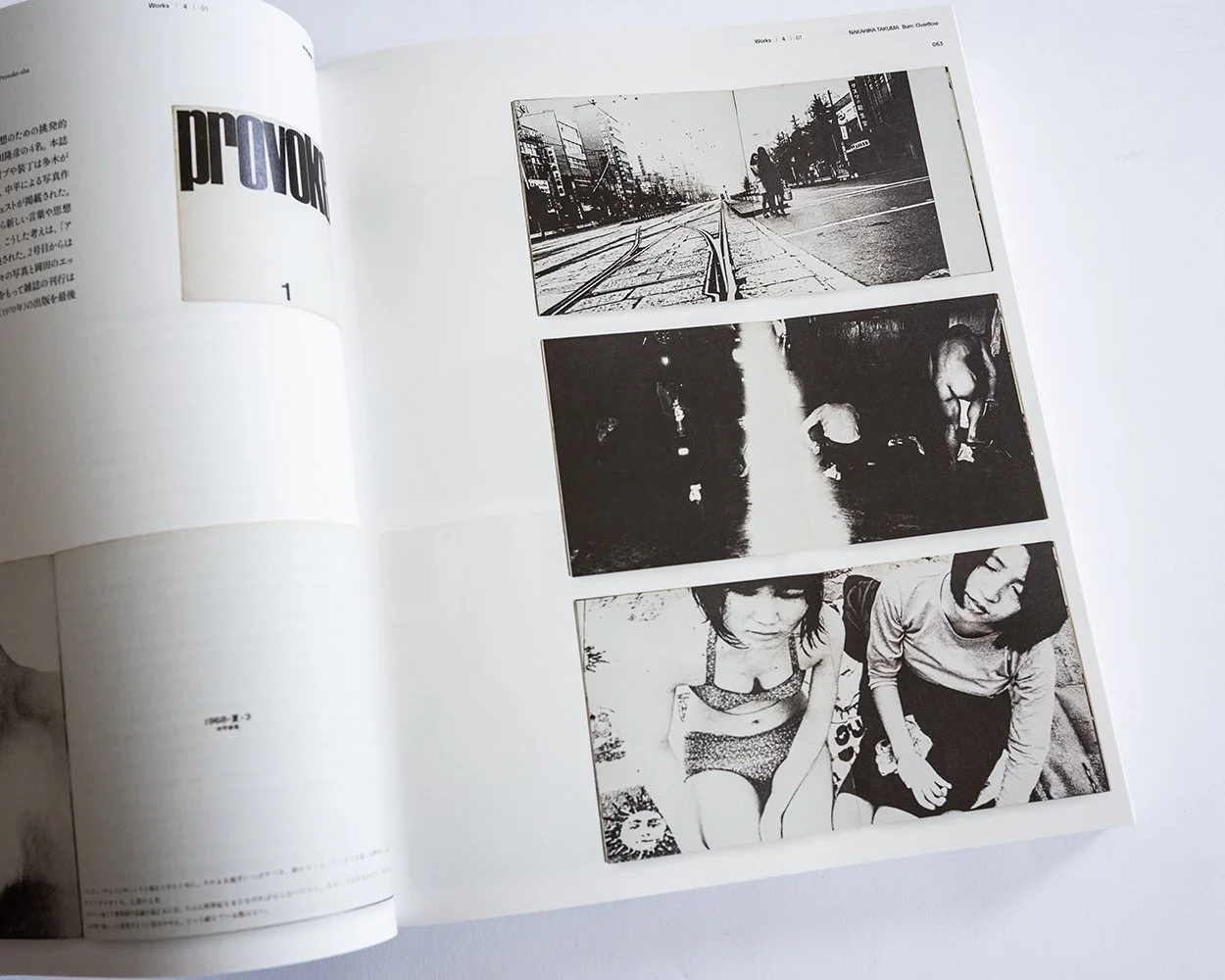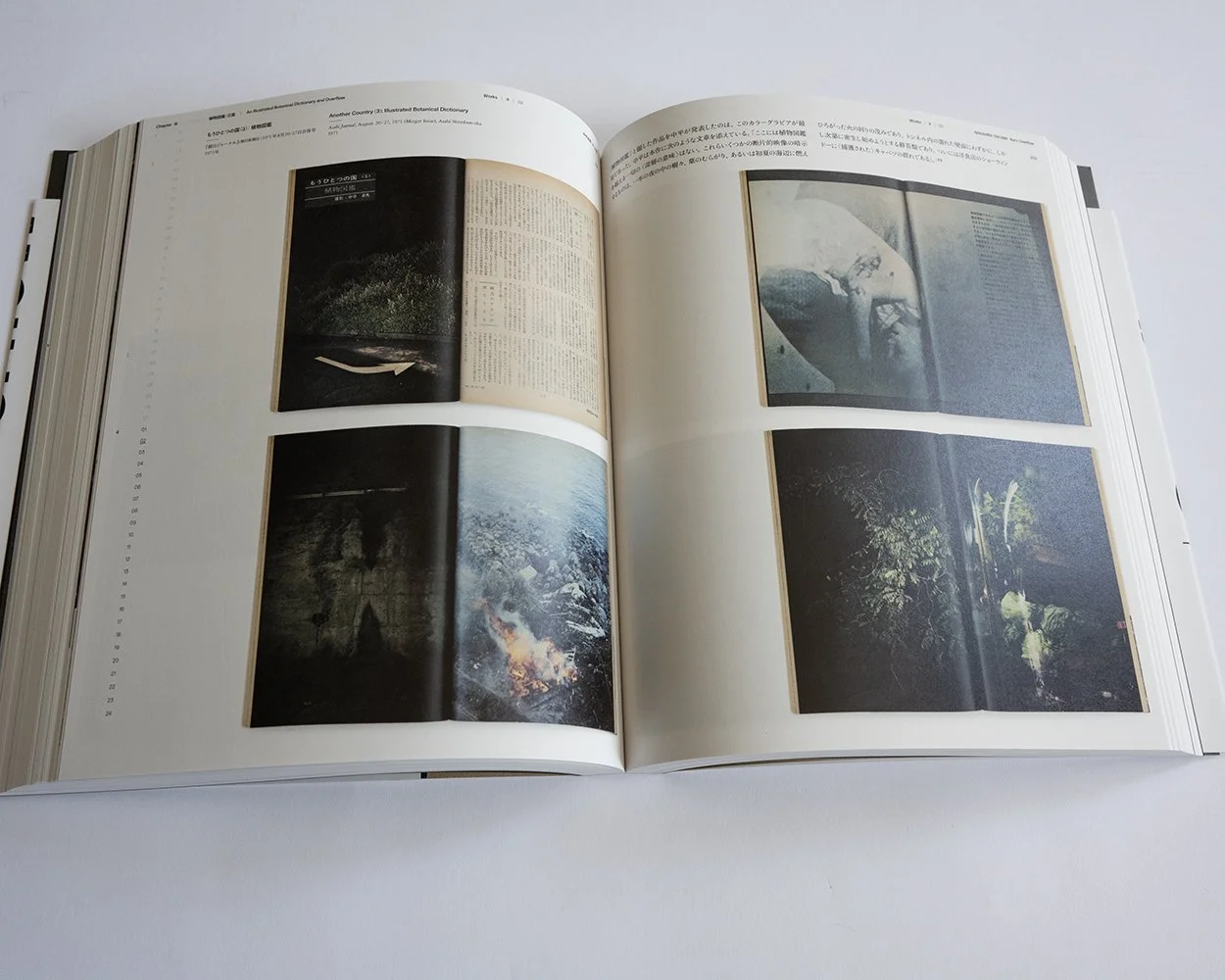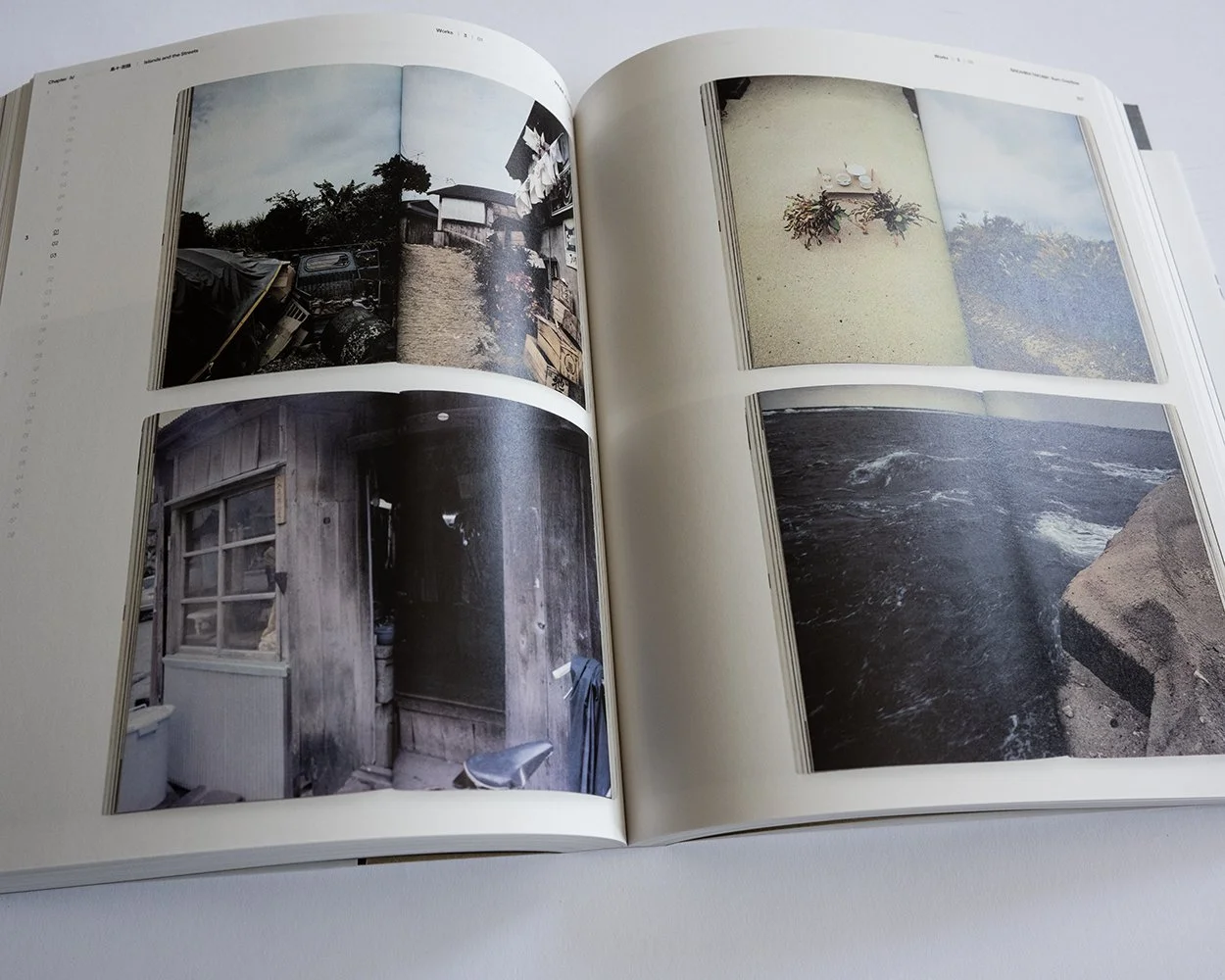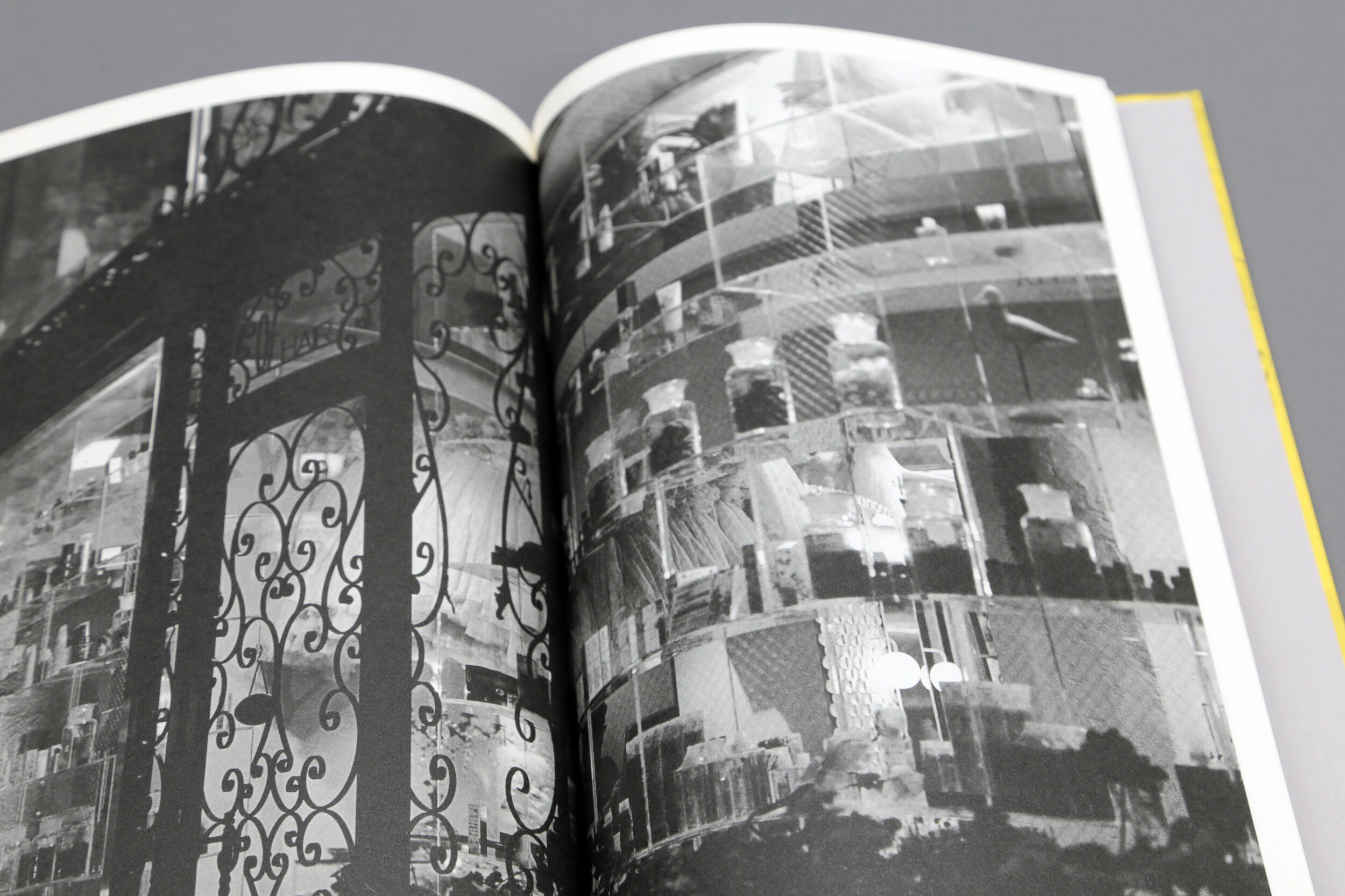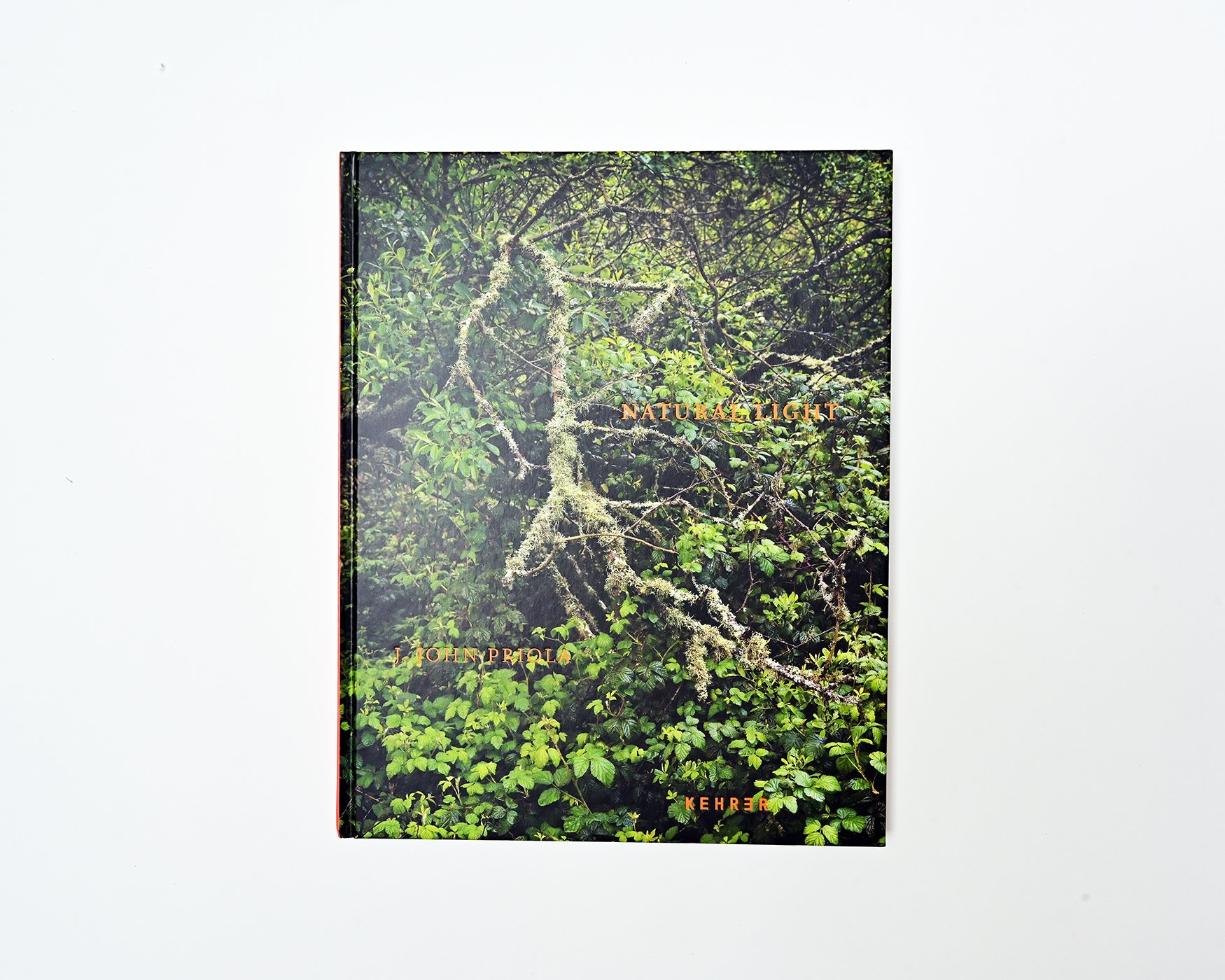 Image 1 of 6
Image 1 of 6

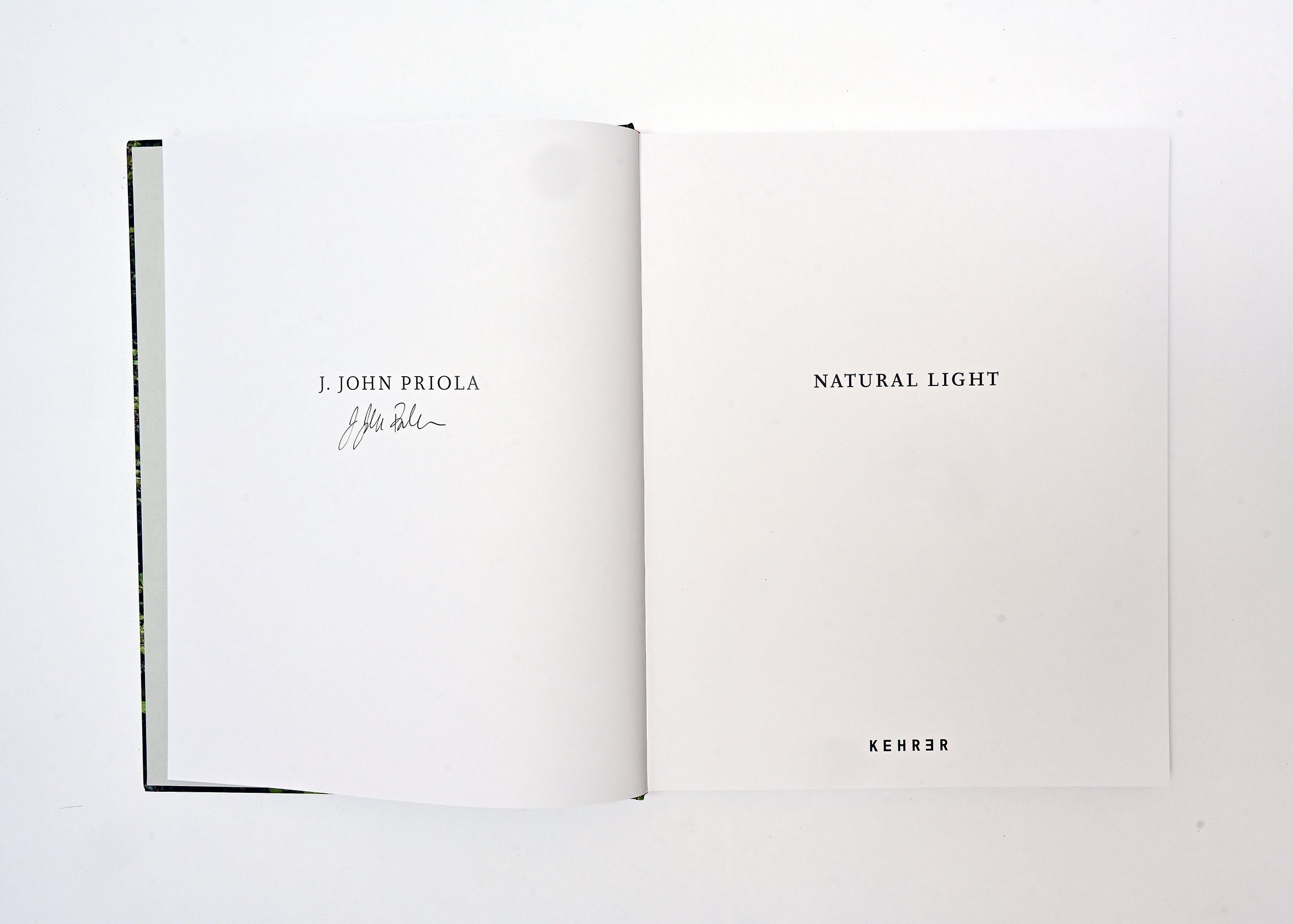 Image 2 of 6
Image 2 of 6

 Image 3 of 6
Image 3 of 6

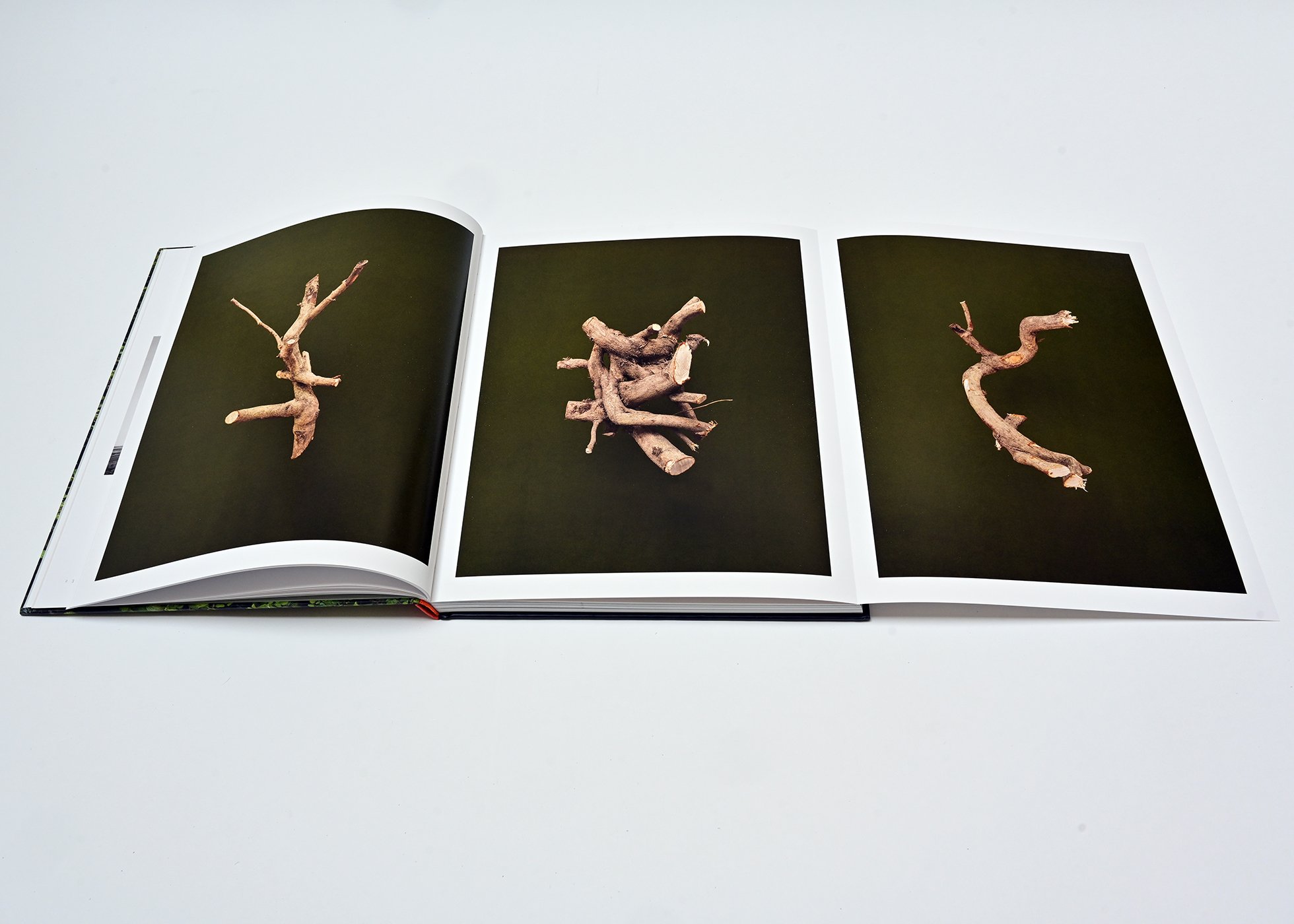 Image 4 of 6
Image 4 of 6

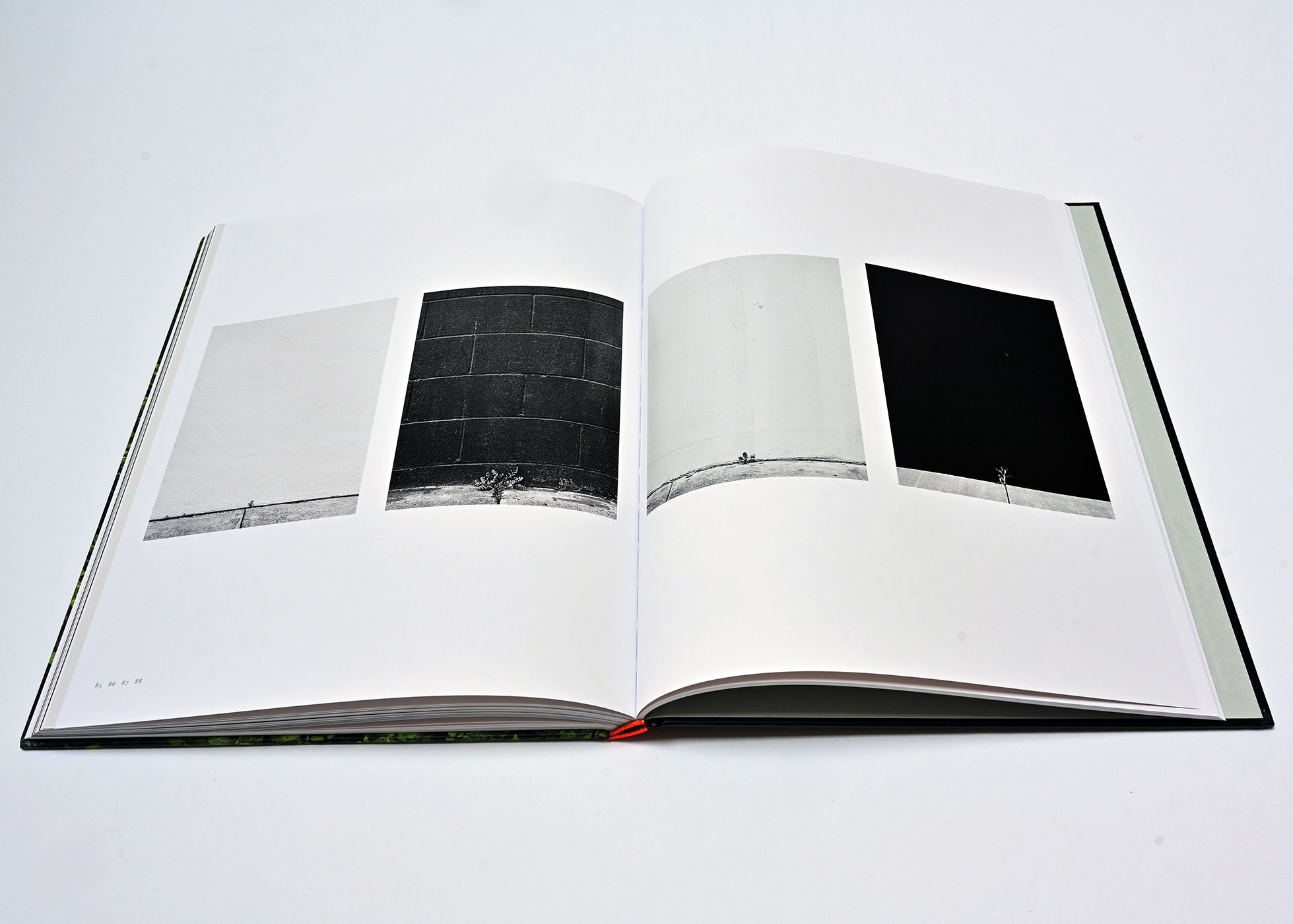 Image 5 of 6
Image 5 of 6

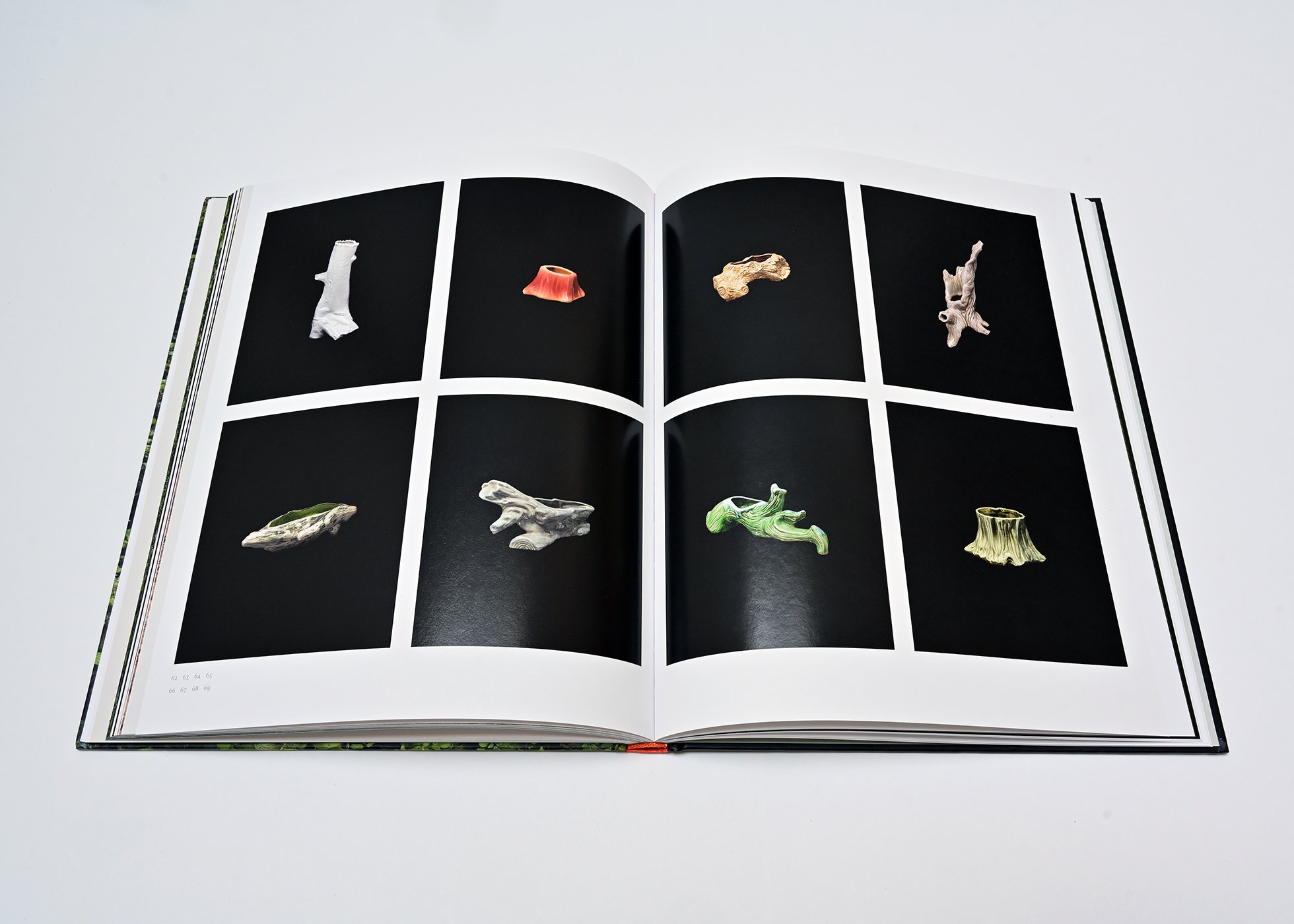 Image 6 of 6
Image 6 of 6







Natural Light by John Priola (signed)
Natural Light (2022)
published by Kehrer Verlag -
Texts by Rita Bullwinkel, and Claire Daigle
Interview by Alec Soth with J. John Priola
Designed by Bob Aufuldish, Aufuldish & Warinner
Hardcover ca. 22 x 27 cm , 144 pages
92color and b/w plates
From the essay by Rita Bullwinkel
Photographs are themselves a form of human artifice. They rot when soaked in water. Each section of Natural Light begins with an archival nature photograph taken by J. John Priola’s horticulturalist mother, and thus Natural Light contains photographs by two generations of people who have harnessed their awe of nature. What makes J. John Priola’s photographs captivating is their truthfulness about our messy, flawed relationship with nature.
From the interview by Alec Soth with J.John Priola:
AS: There is a curiosity, but also a distance. And built into that curiosity is a distance. It’s actually something I wondered about you. I wonder if you had something similar going on because there is all this emotional content in your work, but it’s at a little bit of a distance.
JJP: Yeah, I see that so clearly. In high school, my houseplants were my best friends. I drove my parents crazy with my hundreds of houseplants.
From the essay by Claire Daigle:
Trees carry years in their rings. They persist, possessed of a patient sort of sentience. Tender shoots stage small rebellions and reach a bit further toward light. Roots crack concrete. Weeds are bound to crop up. Where nature escapes the windowsill, the photographer steps back to witness a riotous shock of fresh, pink lilies exploding against snow-flattened, straw-brittle grass.
Natural Light (2022)
published by Kehrer Verlag -
Texts by Rita Bullwinkel, and Claire Daigle
Interview by Alec Soth with J. John Priola
Designed by Bob Aufuldish, Aufuldish & Warinner
Hardcover ca. 22 x 27 cm , 144 pages
92color and b/w plates
From the essay by Rita Bullwinkel
Photographs are themselves a form of human artifice. They rot when soaked in water. Each section of Natural Light begins with an archival nature photograph taken by J. John Priola’s horticulturalist mother, and thus Natural Light contains photographs by two generations of people who have harnessed their awe of nature. What makes J. John Priola’s photographs captivating is their truthfulness about our messy, flawed relationship with nature.
From the interview by Alec Soth with J.John Priola:
AS: There is a curiosity, but also a distance. And built into that curiosity is a distance. It’s actually something I wondered about you. I wonder if you had something similar going on because there is all this emotional content in your work, but it’s at a little bit of a distance.
JJP: Yeah, I see that so clearly. In high school, my houseplants were my best friends. I drove my parents crazy with my hundreds of houseplants.
From the essay by Claire Daigle:
Trees carry years in their rings. They persist, possessed of a patient sort of sentience. Tender shoots stage small rebellions and reach a bit further toward light. Roots crack concrete. Weeds are bound to crop up. Where nature escapes the windowsill, the photographer steps back to witness a riotous shock of fresh, pink lilies exploding against snow-flattened, straw-brittle grass.
